ONCE UPON A TIME a time there was a concept called common sense. This was back in the days when men held doors open for women (who wore skirts), schoolboys wore short trousers and doffed their caps to their teachers and shops were shut on Sundays. In those days people sometimes suffered physical misfortune and some of those misfortunes were given the quaint, ancient name of ’accident’. This was generally applied to situations where something went wrong when performing a routine task that normally had no adverse consequences. A boy shinned up a tree but a branch broke and he fell down skinning his knee. Someone walking along a pavement, talking to a friend, didn’t notice one of the paving slabs was raised, so tripped twisting an ankle.
OF COURSE NOWADAYS we laugh at such old-fashioned concepts. There is no such thing as an accident. If someone gets hurt doing anything it must be someone’s fault. Someone must be to blame for allowing such a thing to happen. And that someone will have to suffer the consequences - either being sued through the courts by the ambulance-chasing lawyers or being prosecuted by the all-pervading, never wrong, Nanny State.
NOW LET ME SAY at the outset that I’m not arguing there was no justification in some tightening of health and safety laws over the past 20 years. I assume that their introduction has resulted in the reduction of death and injury caused by outcomes that had a high probability. Insisting that workers on a building site wear hard hats and steel-capped footwear is obviously sensible. Ensuring that window cleaners working half way down a skyscraper are securely attached to safety harnesses seems a no-brainer (although you might be surprised to learn that this isn’t the case in the US where window cleaners abseil the face of the building suspended on two ropes with their bucket and squeegee dangling from a belt). Asking people to consider what potential dangers exist in their workplace and seeing if these risks can be minimised is not unreasonable.
WHERE I TAKE ISSUE is the presumption that you must treat all people as if they were brainless idiots, and that you must prevent them being exposed to anything that might harm them. We’re talking here about the nonsense of having to print a warning on a packet of cashews that says ’this product may contain nuts’.
SO THE RECENT UTTERANCES from the Health and Safety Executive (HSE) came as quite a surprise. "Actually, folks," they said, " this whole thing has got a bit out of hand. You don’t need to try and prevent every unfavourable event. Lighten up a bit. We never meant that boys had to wear safety glasses and full protective body armour before they could play conkers using string that had been purchased from a reputable supplier and that carried the BS kitemark. And kids can go for a walk in a forest without wearing safety hats, full outdoor survival clothing and equipped with GPS and distress beacons." In other words, to use the modern parlance, sometimes shit happens.
SO WHERE DOES THIS LEAVE US? Does that mean we can stop spending all our time writing screeds of paper to satisfy the busybodies? Not on your nelly!! What the HSE is saying is that you don’t have to bother about minimal risks where the possible outcome would not be too severe. And there’s the rub. How do you decide whether the risk is minimal or whether the possible outcome would not be too severe? Correct - you have to do a risk assessment. So we arrive at the Catch 22 position this latest announcement puts us in. Provided you have done a risk assessment to decide the dangers are minimal you don’t need to do a risk assessment!
AS ALWAYS, the real test will only come when something goes wrong. When someone trots off to the HSE or the lawyers, the onus of proof will remain with us. Modern day golden rule - when shit happens it’s the retailer who finds himself in it!!










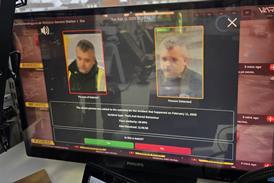


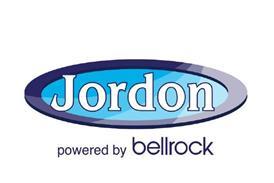



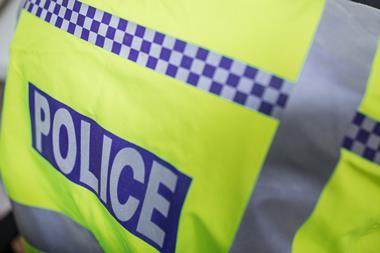
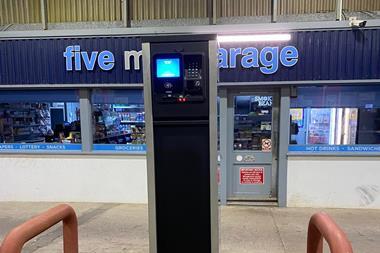
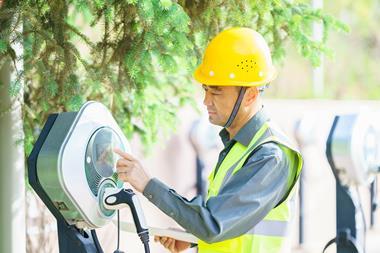
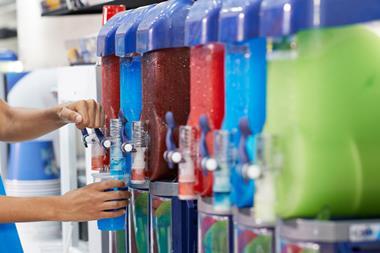
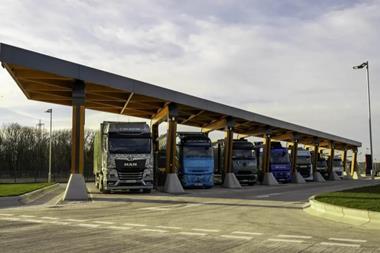

No comments yet